Appetizers

Vegan Holiday Cheese Platter
This vegan holiday cheese ball platter with cranberry fig jam is the easiest way to please your plant-based, and non-plant based, friends at Thanksgiving.Recipe provided by Haley at BrewingHappiness.com
View Recipe

No-Bake Sweet and Savory Pumpkin Dip
Save time in the kitchen and make this simple, no-bake appetizer. This dish is gluten-free, keto-friendly and easily modified to be vegan, too.Recipe provided by Kate at RootandRevel.com
View Recipe
Side Dishes
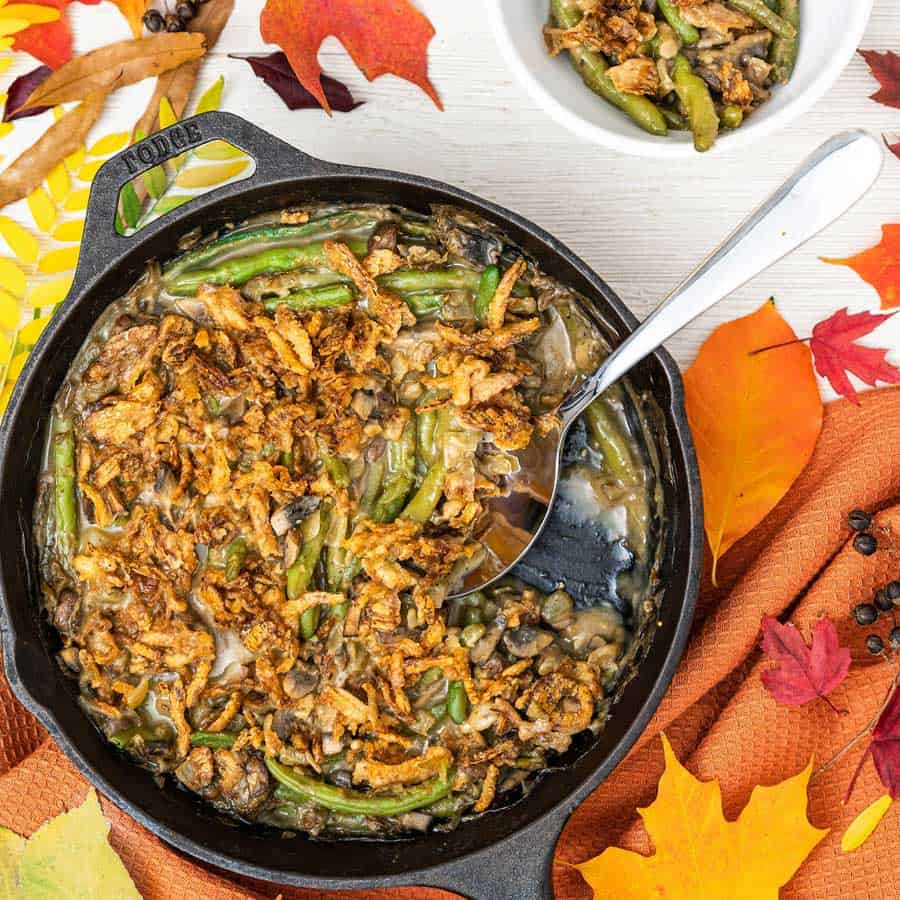
Plant-Based Green Bean Casserole
A plant-based take on this Thanksgiving classic will be a hit for everyone at the table.Recipe provided by Toni at PlantBasedonaBudget.com
View Recipe
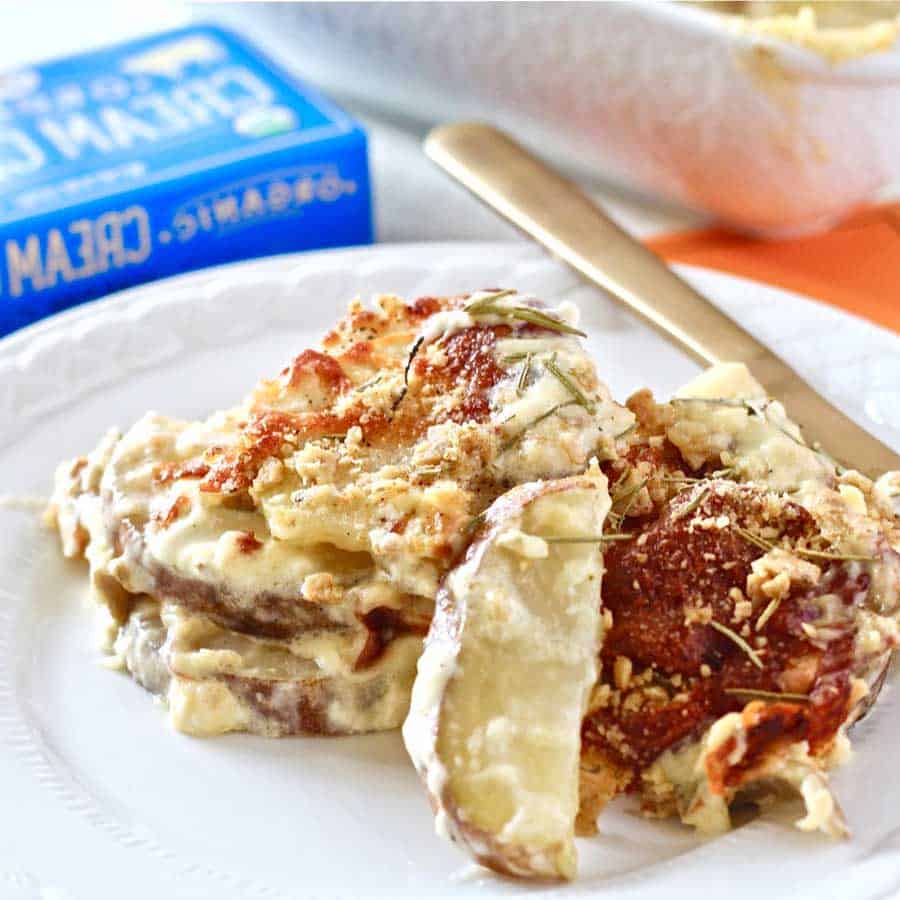
Gluten-Free Au Gratin Potatoes
These gluten-free potatoes are creamy, cheesy and will be everything your guests crave!Recipe provided by Mary Ellen at MilkandHoneyNutrition.com
View Recipe
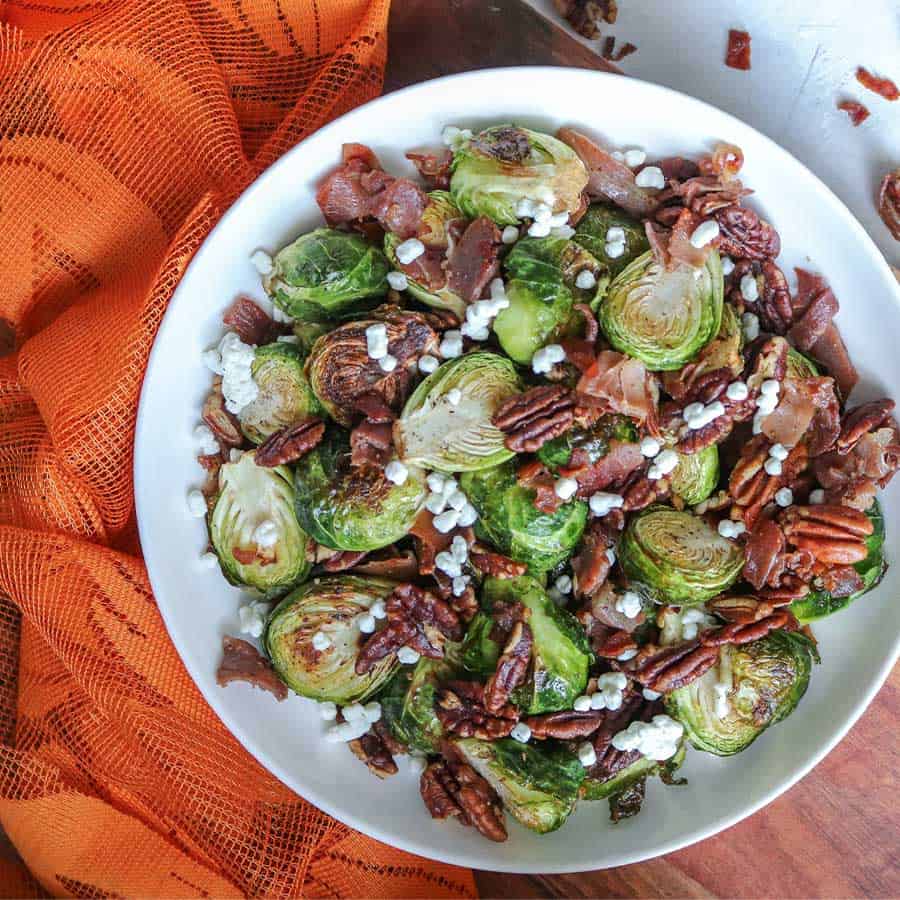
Roasted Brussels Sprout Salad
Wow your guests with roasted Brussels sprouts, crispy prosciutto, toasted pecans, and crumbled goat cheese.Recipe provided by Lauren at BonAppeteach.com
View Recipe
Desserts
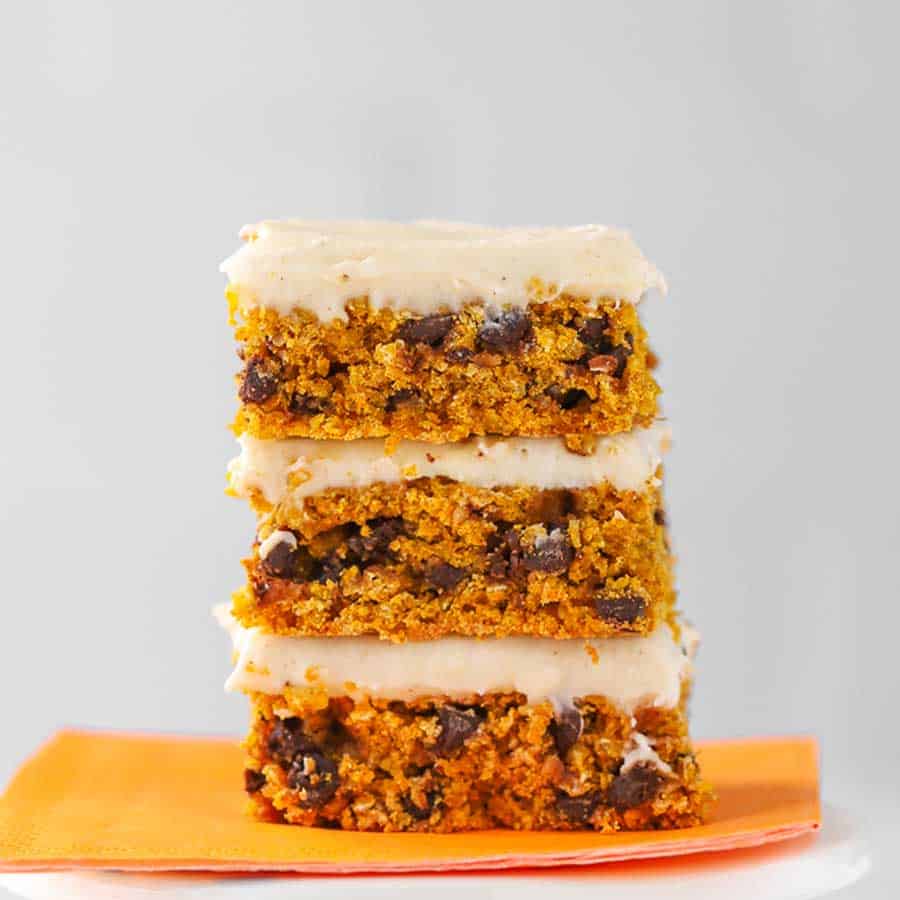
Gluten-Free Pumpkin Bars
Organic pumpkin and cream cheese frosting are the perfect match! Add mini chocolate chips to make these bars even better.Recipe provided by Holly at ABakersHouse.com
View Recipe
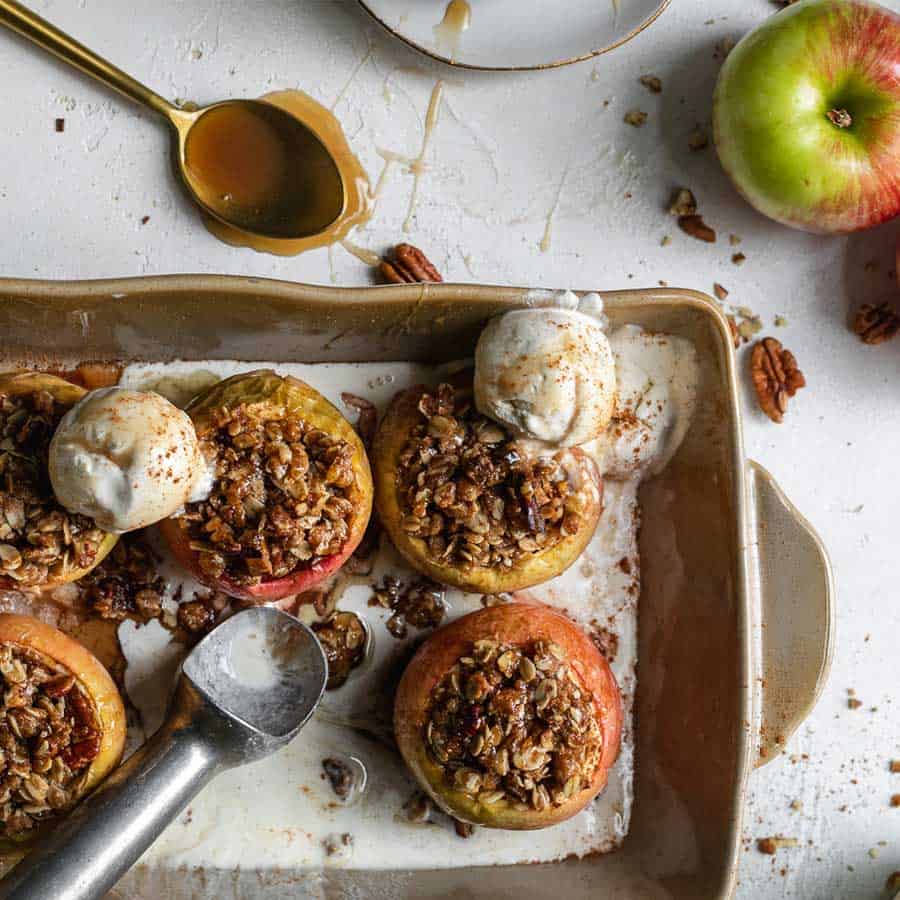
Vegan Pecan Crumble Baked Apples
Vegan pecan crumble gives these baked apples the perfect crunch. Top with coconut milk caramel and a scoop of your favorite dairy-alternative ice cream for a perfect bite.Recipe provided by Molly at SpicesInMyDNA.com
View Recipe
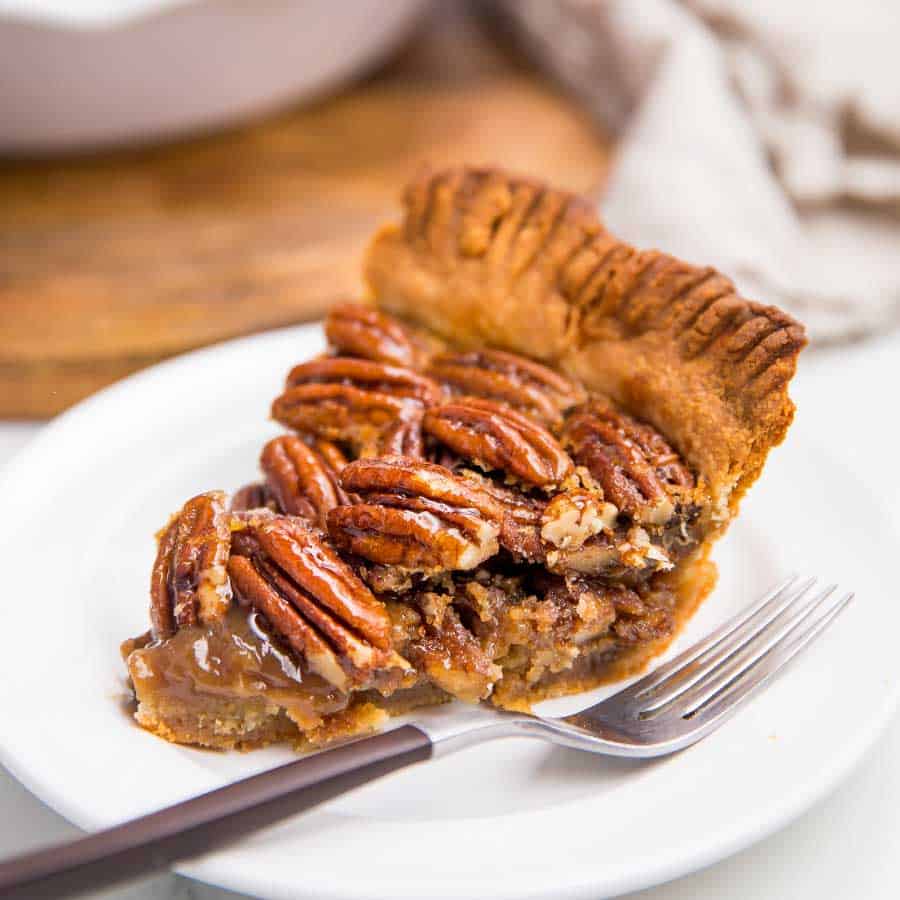
Paleo Pecan Pie
Rich and gooey Paleo pecan pie is the perfect Thanksgiving treat that all your guests will love.Recipe provided by Cheryl at 40Aprons.com
View Recipe





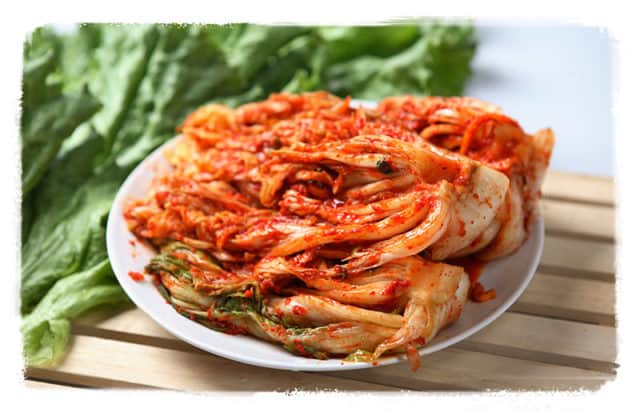 Gut health is one of the hot topics in nutrition research right now. It turns out, the bacteria that take up residence in your belly may play a significant role in wellness. Indeed, studies have found a healthy gut can support your immune system and shows promise in decreasing risk for colon cancer, food allergies, inflammatory bowel disease and obesity.
Although research is still in the works, one thing is certain: when it comes to good bacteria, strength comes in numbers. With that in mind, here are three types of food you can add to your diet to boost beneficial bacteria.
Gut health is one of the hot topics in nutrition research right now. It turns out, the bacteria that take up residence in your belly may play a significant role in wellness. Indeed, studies have found a healthy gut can support your immune system and shows promise in decreasing risk for colon cancer, food allergies, inflammatory bowel disease and obesity.
Although research is still in the works, one thing is certain: when it comes to good bacteria, strength comes in numbers. With that in mind, here are three types of food you can add to your diet to boost beneficial bacteria.



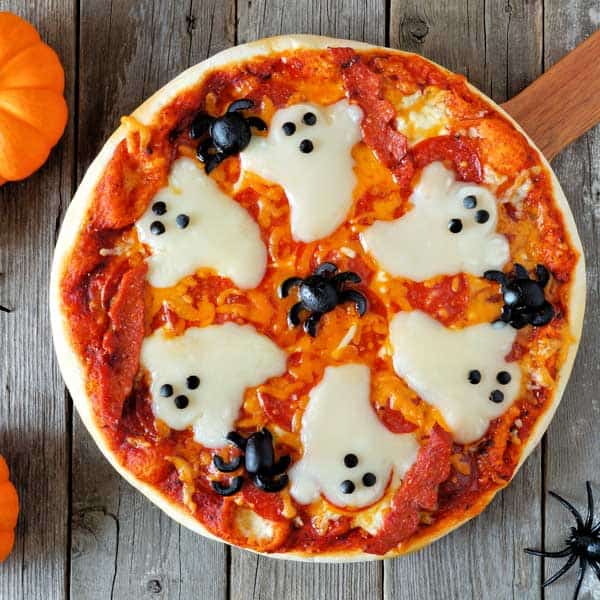
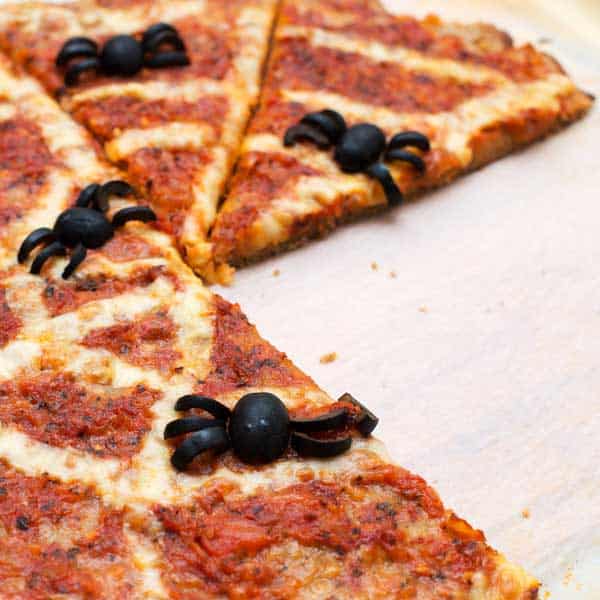
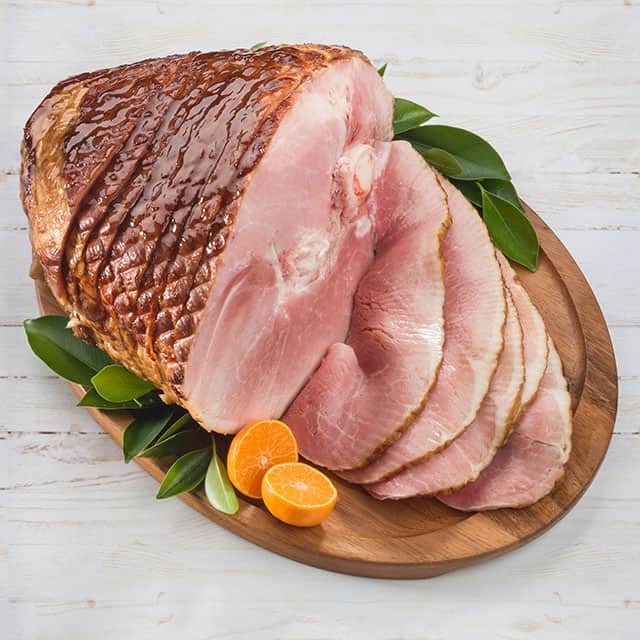


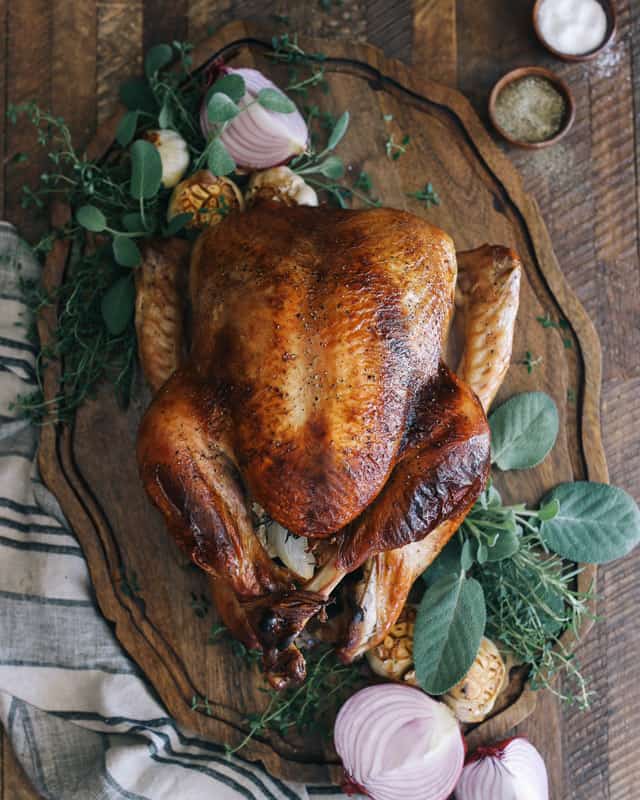
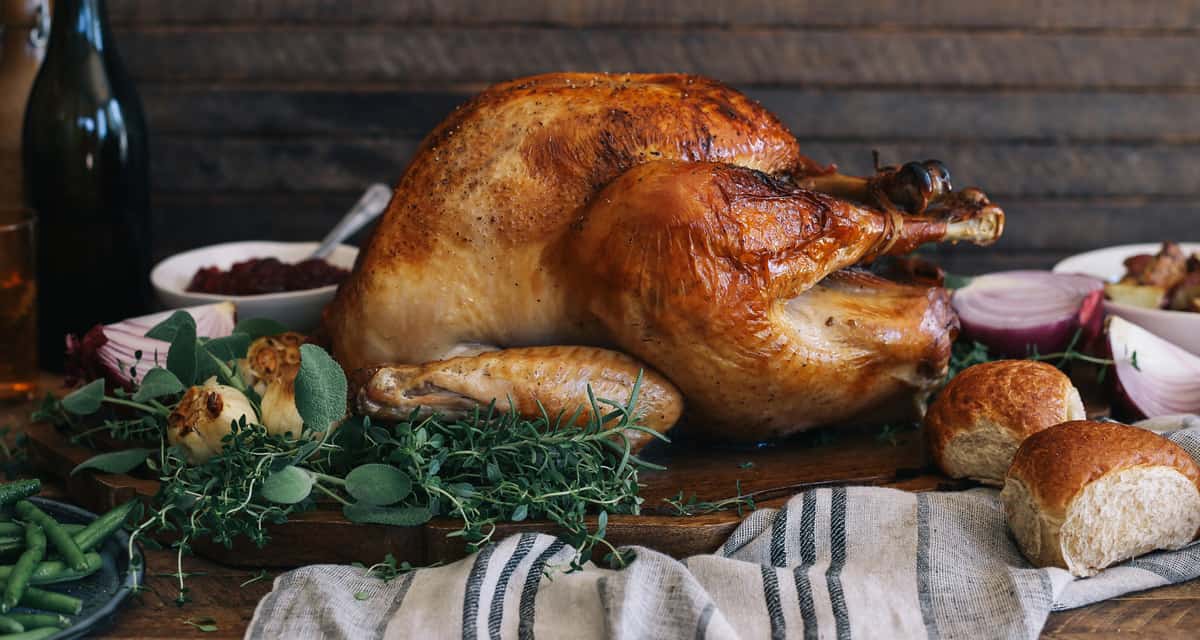


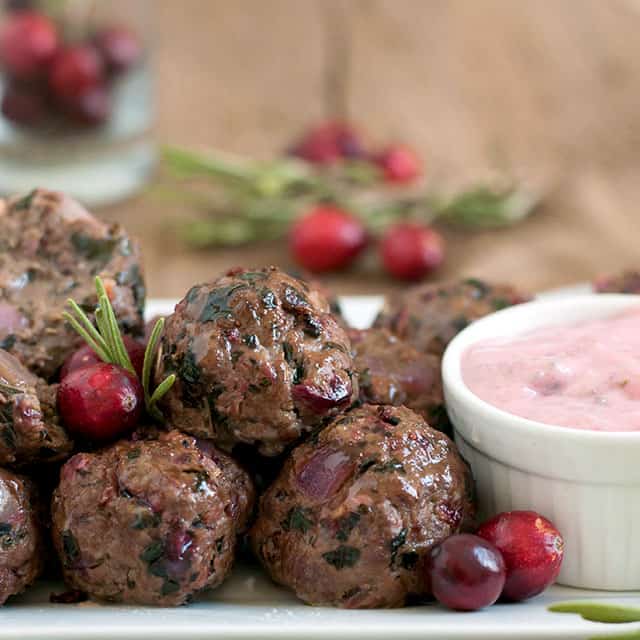
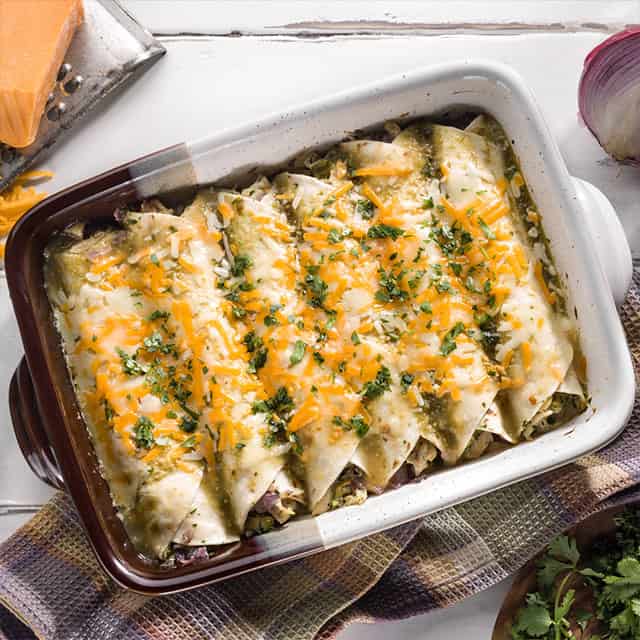
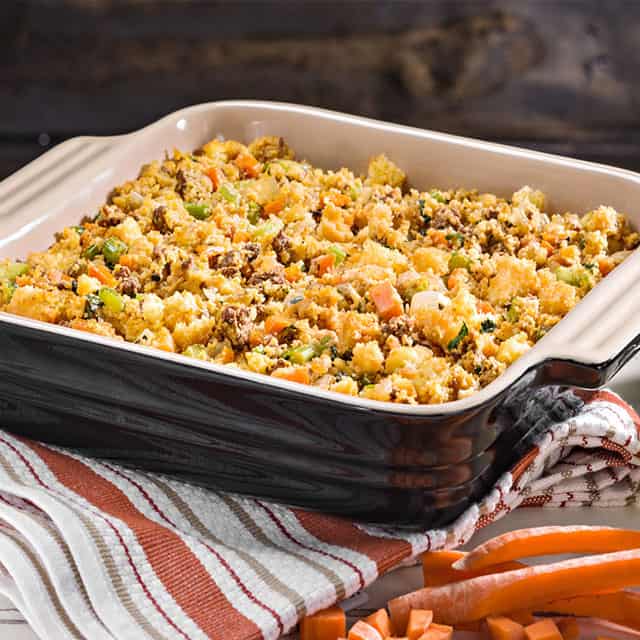
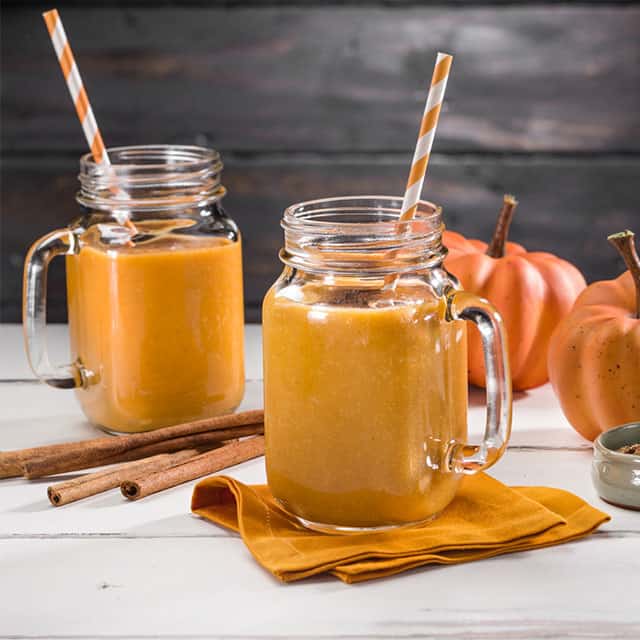
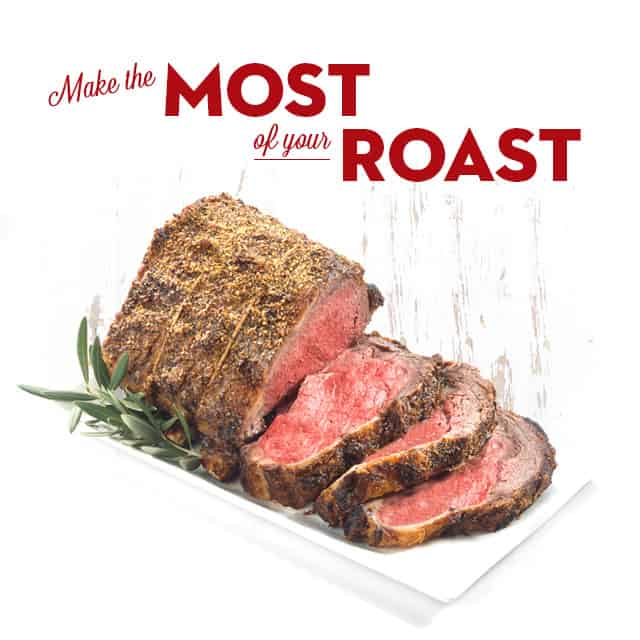
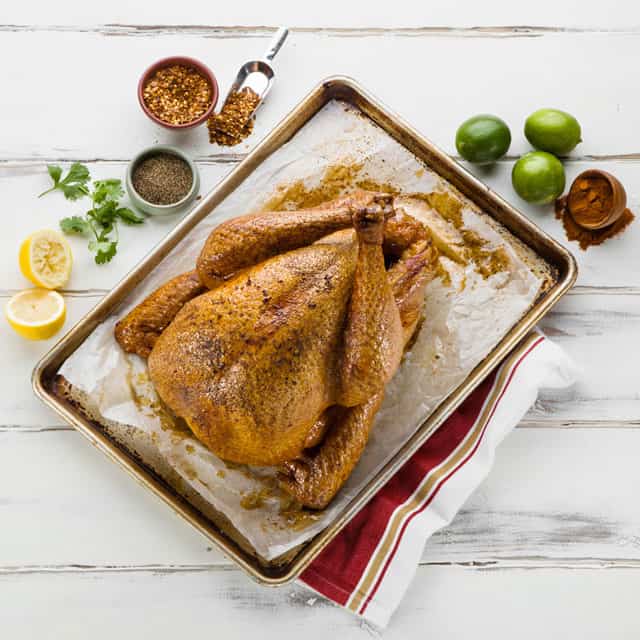
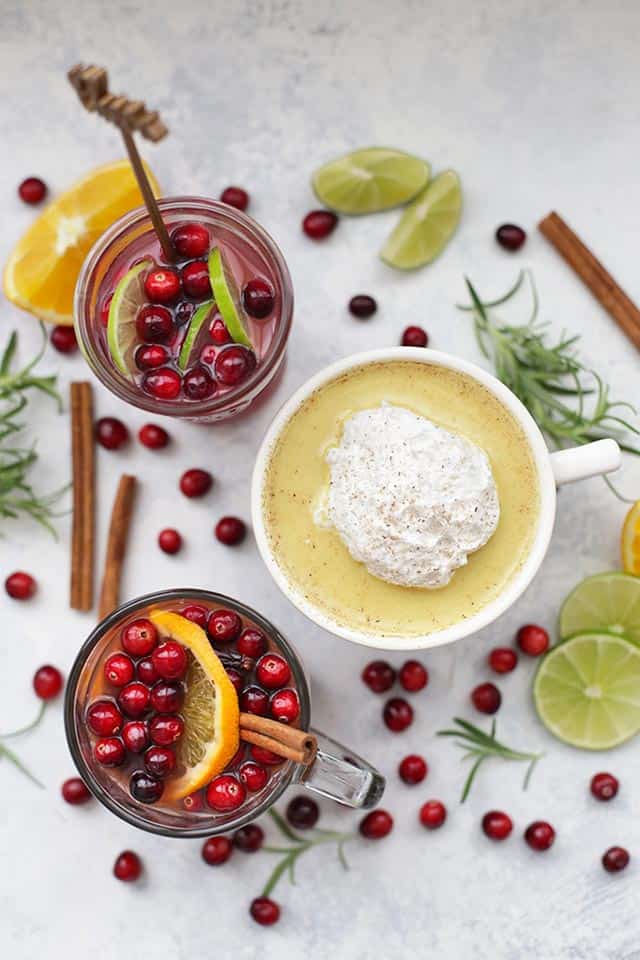 What are your holiday plans this year? We’re keeping things fairly low-key—no fancy dress-up parties to attend, and no traveling. But that doesn’t mean we aren’t celebrating! We’re home for the holidays this year, so we’re doing everything we can to make them special. Click the button below to learn how to make three of Emily’s favorite holiday drinks.
What are your holiday plans this year? We’re keeping things fairly low-key—no fancy dress-up parties to attend, and no traveling. But that doesn’t mean we aren’t celebrating! We’re home for the holidays this year, so we’re doing everything we can to make them special. Click the button below to learn how to make three of Emily’s favorite holiday drinks.

